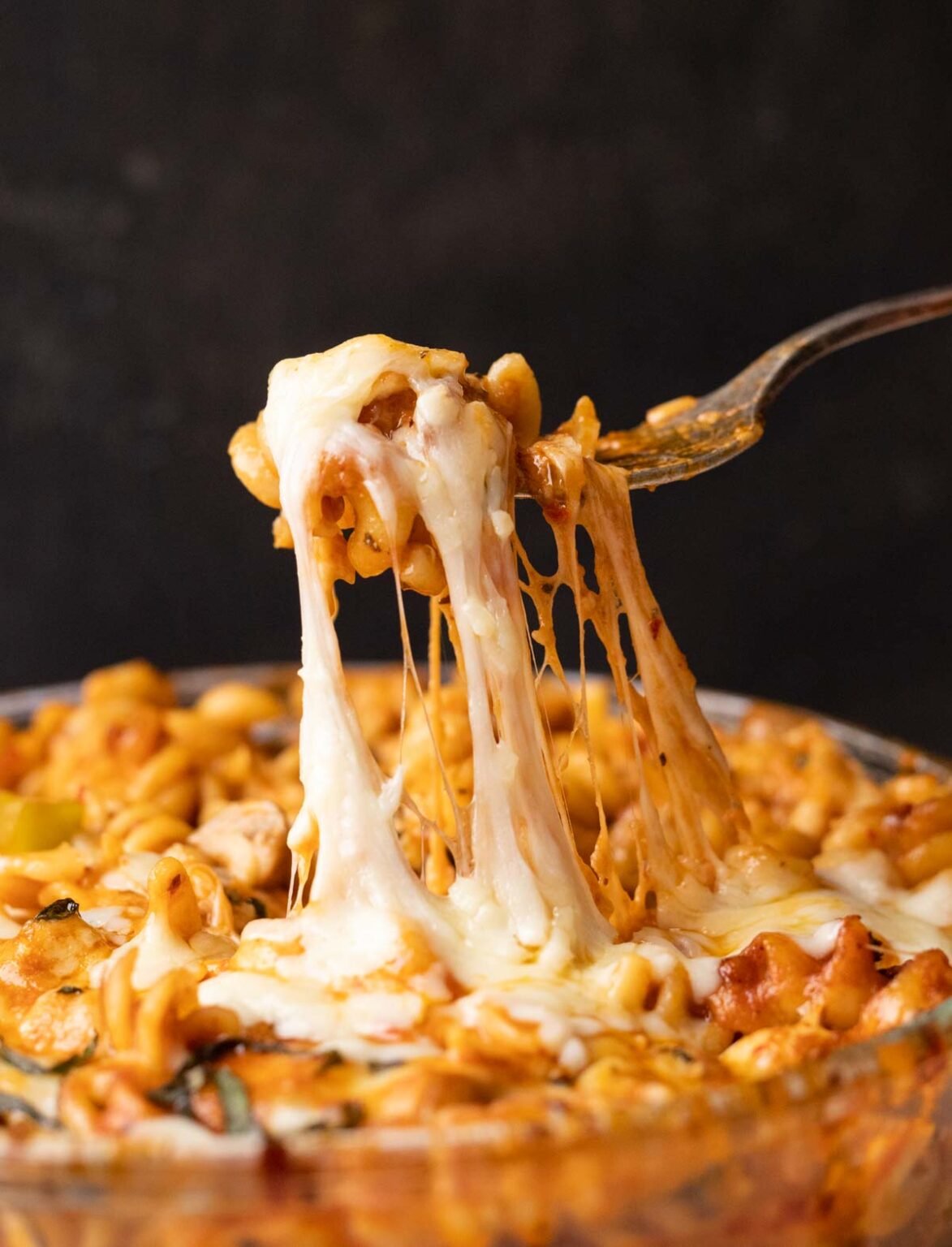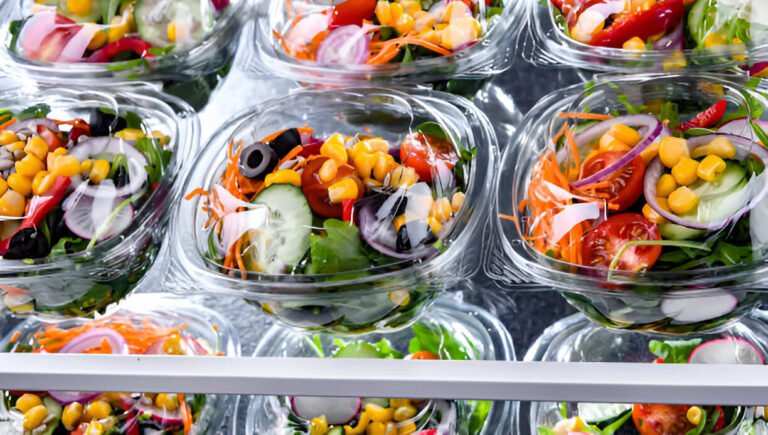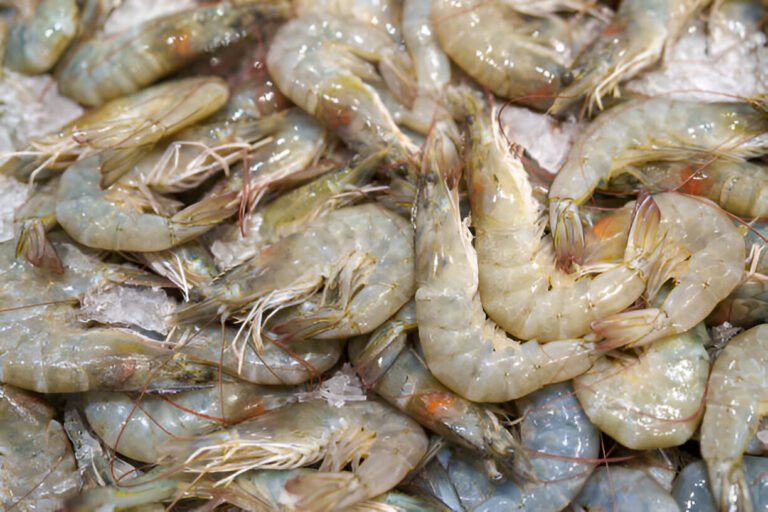How To Make Pasta Less Salty and Perfect: 5 Simple Solutions
Pasta is a tasty and versatile dish found in many kitchens! But seasoning the boiling water just right can be tricky. Too much salt, and the meal turns out way too salty to enjoy.
If you’ve added too much salt or want to lower sodium, you can reduce the saltiness of pasta while keeping its flavor.
The Importance of Seasoning in Pasta Cooking
Seasoning is key to great pasta, and salt is vital for boosting flavor. Without enough salt, pasta tastes bland, but too much can overpower the dish. Getting the right salt balance helps natural flavors stand out without being too strong.
How Salt Affects Pasta Flavor
Salt influences pasta in several ways:
- Enhances taste: It brings out the natural flavor of the wheat in pasta.
- Improves texture: Salted water slightly firms up pasta, giving it a better bite.
- Balances the dish: It prevents sauces from tasting too sweet or acidic.
| Salt Level | Effect on Pasta |
| Too Little | Bland, doughy taste |
| Perfect Balance | Well-rounded, enhanced flavor |
| Too Much | Overpowering, salty bite |
By understanding the impact of salt, you can season pasta water effectively and create a perfectly
5 Ways You Can Make Pasta Less Salty

1. Use Acidic Ingredients
Using acidic ingredients like lemon juice or vinegar [2] can help balance the pasta’s saltiness. The acid balances the salt’s effects, making the dish more flavorful.
“Bacon. Let’s talk about bacon. There’s no meat more glorious than bacon. You can add it to pasta instead of cheese. You can stick it in a sandwicher… instead of cheese.”
– Rob Manuel, Musical Artist
A simple way to add acidity is to squeeze lemon juice or pour vinegar into the pasta sauce. This pairs great with tomato-based sauces. The acidity in the tomatoes helps balance the flavors even more.
Use acidic ingredients in moderation. Adding too much can overpower the dish’s other flavors.
Taste the pasta while cooking. Adjust the acid and other ingredients to find the perfect balance.
2. Rinse The Pasta
To make pasta less salty, rinse it with cold water after cooking. This isn’t recommended, but it works. This helps to remove any excess salt that may have been absorbed during the cooking process.
To rinse your pasta, drain it in a colander and then run cold water over it until it cools down. Be sure to shake off any excess water before adding it to your sauce or mixing it with other ingredients.
Read: How To Keep Pasta In Soup From Absorbing Liquid
3. Add Unsalted Pasta Water
Another effective way to make pasta less salty is to use unsalted pasta water to dilute the sauce. Before draining the cooked pasta, reserve a cup or so of the pasta water [1].
This water can then be added to the pasta sauce, helping dilute the saltiness and adding some starch to thicken and bind the sauce. It’s important to use unsalted pasta water, as using salted water will only add to the saltiness of the dish.
Be sure to add the pasta water gradually, stirring the sauce as you go, until you reach the desired consistency and flavor.
This method can be especially effective in dishes like spaghetti or linguine, where the pasta is served with a simple sauce made from olive oil and garlic.
4. Add A Starch
Adding starch, like flour or cornstarch, helps soak up extra salt and thickens the pasta sauce. Mix the starch with cold water to create a slurry, then add it to the sauce.
Simmer the sauce on low heat. Stir it constantly until it thickens to the right consistency. This method works well in creamy pasta sauces. The starch helps make the sauce smooth and velvety.
It’s essential to use the starch in moderation, as adding too much can result in a sauce that’s too thick or gummy.
Taste the sauce as you cook. Adjust the starch and other ingredients until the flavors and texture are just right.
5. Add More Ingredients
Another way to make pasta less salty is to add more ingredients to dilute the saltiness. This can be done by adding more vegetables, cheese, or meat to the pasta dish.
These ingredients can absorb some salt and create a more balanced flavor. Adding steamed broccoli or sautéed mushrooms to salty pasta can cut the saltiness. Plus, they add texture and flavor.
Adding a sprinkle of grated Parmesan or crumbled feta can enhance the flavor.
Add the ingredients in moderation. Too much can make the dish heavy or overpowering.
| Check out: How Do Restaurants Keep Pasta From Sticking? |
Enhancing Pasta Flavor Beyond Salt
While salt is essential for seasoning pasta, it’s not the only way to create a flavorful dish. Using different herbs, spices, and other ingredients adds depth and complexity. This way, you won’t need to use as much salt. Fresh and dried seasonings add unique flavors that boost a dish’s taste.
Flavor-Boosting Ingredients for Pasta
| Ingredient | Flavor Profile | Best Pairings |
| Garlic & Onions | Savory, aromatic | Tomato sauces, cream-based dishes |
| Basil & Oregano | Fresh, earthy | Classic Italian pasta, pesto |
| Red Pepper Flakes | Spicy, warm | Olive oil-based sauces, seafood pasta |
| Lemon Zest | Bright, tangy | Light pastas, seafood, herb-based sauces |
Techniques for Layering Flavors
- Sautéing aromatics like garlic and onions before adding other ingredients enhances their depth.
- Using fresh herbs at the end of cooking preserves their vibrant flavor.
- Adding acid (lemon juice or vinegar) balances richness without extra salt.
By thoughtfully combining these elements, you can create a well-seasoned pasta dish with layers of flavor, minus the excess sodium.
FAQs on Make Pasta Less Salty and Perfect
How to neutralize salt in food?
To neutralize salt in food, you can add ingredients like sugar, vinegar, lemon juice, or starch from potatoes or rice.
How to fix salty pasta salad?
To fix a salty pasta salad, add unsalted pasta or other ingredients. You can use vegetables, cheese, or meat. Another option is to make a fresh batch of pasta without salt and mix it in.
Final Thoughts
You can make pasta less salty in several ways. Rinse it with cold water. You can also add unsalted pasta water. Another option is to use acidic ingredients, like lemon juice or vinegar.
You can also add starch, like flour or cornstarch. Another option is to dilute the saltiness by mixing in more ingredients, such as vegetables or cheese.
Experiment with these methods to find the right flavor balance. This way, you can enjoy your favorite pasta dishes without too much salt.
References:
- https://www.foodandwine.com/pasta-noodles/save-your-pasta-water
- https://www.sciencedirect.com/topics/food-science/vinegar







